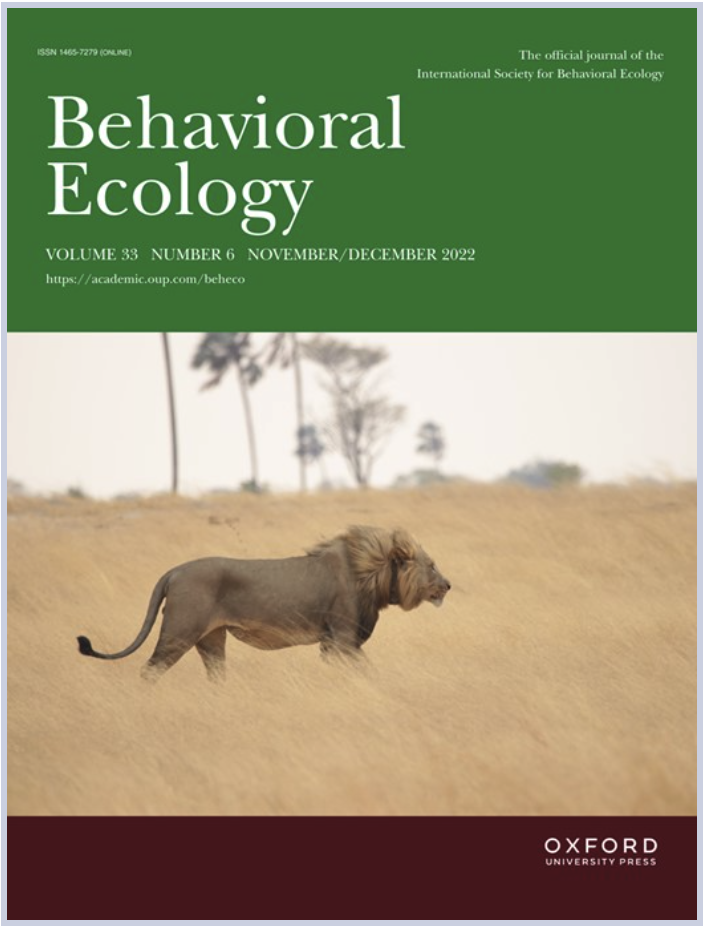News
Something in the wind: the influence of wind speed and direction on African lion movement behavior
Many species rely on their sense of smell to find food, communicate, and to avoid danger. Some animals actively search for odours in the environment to gain information on the presence of prey or potential mates. However, this search behaviour is energetically costly as an animal needs to move from one location to another to encounter these chemical cues. Optimising search behaviour would be beneficial in order to maximise the benefits of moving while also minimising energy expenditure.
New research recently published in Behavioural Ecology explored how African lion movement behaviour is influence by wind – an important abiotic factor that disperses odours through the environment in smoke-like plumes. The movements of 29 lions were recorded using GPS collars while wind speed and direction were measured at an on-site weather station. Results showed that lions are more likely to move crosswind as wind speed increases and that female lions tend to move greater distances in stronger winds. These patterns are interesting as, theoretically, animals have the best chance of locating odours when they move crosswind because the effective search area is maximised. Female lions, which are known to hunt more often than males, may travel further in high winds to take advantage of the greater search efficiency afforded by crosswind movement. These behaviours may therefore form part of an optimal search strategy that lions employ to locate odours that are important for their foraging and communication.
This research was published in the November/December 2022 issue of Behavioural Ecology where Andrew Loveridge’s photograph of a lion moving in the wind was selected as the cover image.
Link to article on Behavioural Ecology.






